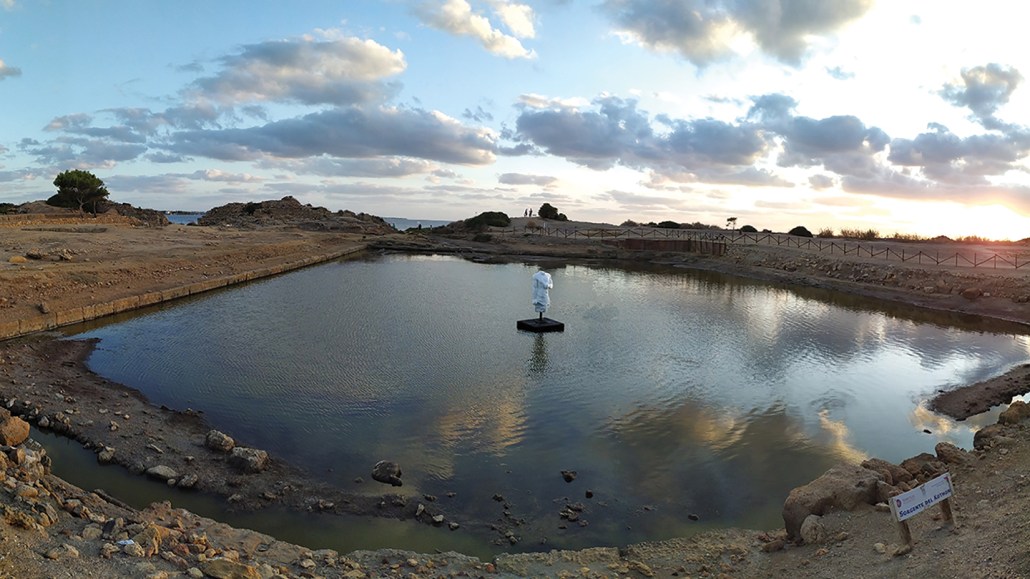Ancient seafarers built the Mediterranean’s largest known sacred pool
A big pool on a tiny island helped Phoenicians track the stars and their gods

Shown after excavations, a sacred pool built by Phoenicians around 2,550 years ago on a tiny Mediterranean island includes a replica of a statue of the god Ba’al at its center.
Sapienza University of Rome Expedition to Motya